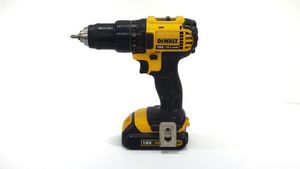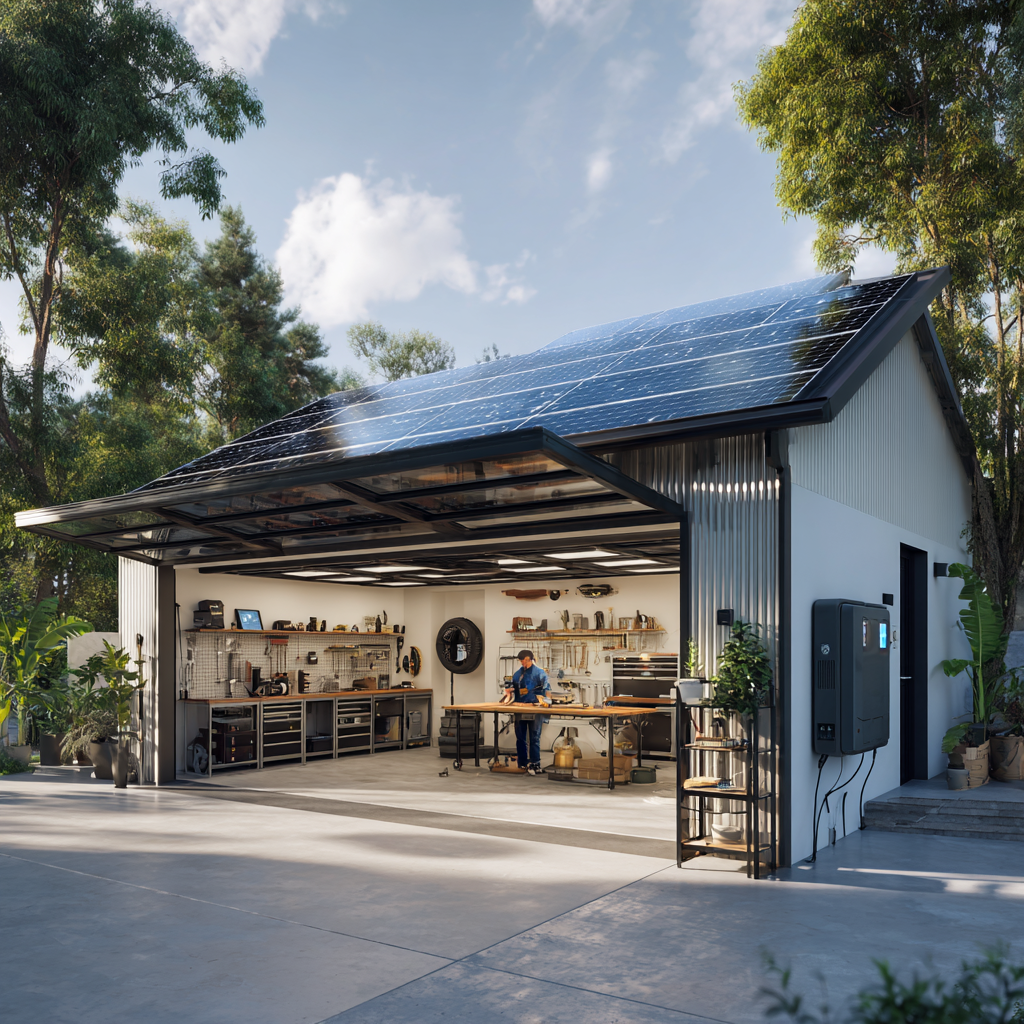Cracked Tile Repair Without Demolition
Learn to repair cracked tiles using epoxy resin and UV lamp. Quick solution without the need to replace entire tiles.

Transform Your Home Into a Smart Paradise - 2025 Guide
Discover the latest smart home technology that will revolutionize your daily routine.
Cracked tiles are a nuisance that ruins the appearance of an entire room. Replacing one tile often risks damaging surrounding ones and creates problems finding matching decor. We'll show you a modern repair method using epoxy resin.
Types of Cracks and Their Causes
Hairline Cracks
- Thermal expansion
- Substrate movement
- Material aging
- Usually just aesthetic problem
Structural Cracks
- Poor substrate
- Point loading
- Uneven settlement
- Mechanical damage
Broken Corners and Edges
- Heavy object drop
- Impact during moving
- Expansion movement
- Most common damage type
Materials and Tools
Basic Kit:
- Two-component epoxy resin (clear)
- UV lamp 365nm (36W+)
- Pigments for coloring
- Injection syringes
- Diamond disc for grinder
Auxiliary Materials:
- Acetone or technical alcohol
- Masking tape
- Sandpaper (240-2000 grit)
- Polishing paste
- Microfiber cloths
Special Tools:
- Oscillating tool
- Heat gun
- Vacuum pump (optional)
- Digital scale
Budget: $30 - $100
Crack Repair Procedure
1. Surface Preparation
Cleaning:
- Thoroughly wash the area
- Degrease with acetone
- Dry with heat gun
- Remove loose parts
Crack widening:
- Slightly widen with diamond disc
- Creates space for resin
- Depth min. 2-3 mm
- Clean out dust
💡 Tip: Lightly mill the crack into a V profile
2. Epoxy Application
Resin mixing:
Component ratio (typical):
- Resin: 100 parts
- Hardener: 35-50 parts
- Pigment: 0.5-2%
Working time: 20-40 minutes
Coloring epoxy:
- Take sample of original tile
- Mix base color
- Add metallic pigments
- Test on hidden spot
3. Crack Injection
Tape application:
- Tape around crack
- Leave 2mm overlap
- Ensure good seal
Filling:
- Use injection syringe
- Start from deepest point
- Fill slowly without bubbles
- Slightly overfill
Degassing:
- Tap gently
- Use needle for bubbles
- Or vacuum chamber if available
4. UV Lamp Curing
Curing parameters:
- Wavelength: 365-405 nm
- Power: min. 36W
- Distance: 2-4 inches
- Time: 3-5 minutes/area
Procedure:
- Turn on UV lamp
- Move slowly over crack
- Check curing progress
- Repeat until fully cured
⚠️ Safety: Use UV protective glasses!
5. Final Finishing
Sanding:
- Start with coarse 240 grit paper
- Progress to 2000 grit
- Keep surface wet
- Check flatness
Polishing:
- Apply polishing paste
- Use rotary polisher
- Or hand polish with felt pad
- Achieve original gloss
Broken Corner Repair
Creating a Mold
Silicone mold option:
- From undamaged tile
- Two-component silicone
- Precise profile copy
Modeling clay option:
- For simple shapes
- Quick solution
- Inexpensive
Reconstruction Procedure
1. Clean and degrease
2. Apply bonding agent
3. Mix colored epoxy
4. Pour into mold with excess
5. Press against tile
6. Cure with UV/time
7. Sand and polish
Special Techniques
Kintsugi Effect
Japanese technique emphasizing repair:
- Fill crack with clear epoxy
- Add gold/silver powder
- Creates decorative element
- Crack becomes design feature
Invisible Repair
For maximum concealment:
- Collect dust from grinding tile
- Mix with epoxy
- Perfect color matching
- Surface texturing
Preventing Further Cracks
Expansion joints:
- Fill with flexible sealant
- Renew every 2-3 years
- Prevents stress transfer
Reinforcement:
- Fiberglass mesh
- Apply under tiles
- For high-risk areas
Method Cost Comparison
| Method | DIY Cost | Professional | Savings |
|---|---|---|---|
| Epoxy repair | $30 | $100 | $70 |
| Single tile replacement | $20 | $120 | $100 |
| 1 sq ft replacement | $60 | $200 | $140 |
When to Replace Entire Tile
- Too many cracks
- Substrate is unstable
- Tile is hollow
- Want design change
- Repair would be visible
Troubleshooting
Epoxy didn't cure:
- Wrong mixing ratio
- Low temperature
- Expired shelf life
- Solution: remove and repeat
Visible repair:
- Wrong color
- Different gloss level
- Solution: sand and recolor
Crack returned:
- Substrate movement continues
- Solution: stabilize substrate
Repaired Tile Maintenance
- Regular cleaning with pH neutral products
- Gloss renewal once yearly
- Check expansion joints
- Prevent mechanical damage
Environmental Aspect
- Material savings (no waste)
- Less CO2 than replacement
- Epoxy is durable
- Tile recycling possible
Conclusion
Repairing cracked tiles with epoxy resin is a quick and efficient solution that saves time and money. With patience, you can achieve professional results. The key is careful preparation and proper color mixing.
Have you ever repaired cracked tiles? What method did you use?
Smart Home Upgrade Package 2025
Transform your home with the latest smart technology
Transform Your Home Into a Smart Paradise - 2025 Guide
Discover the latest smart home technology that will revolutionize your daily routine.

